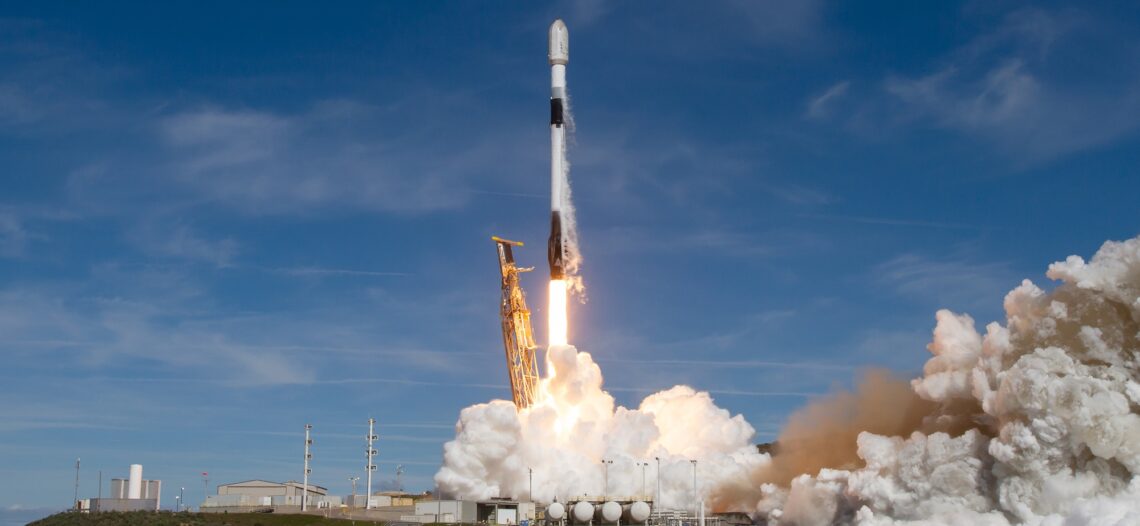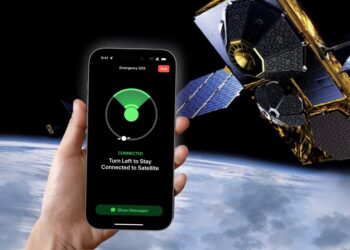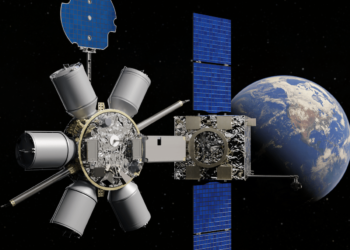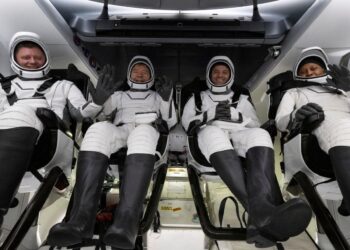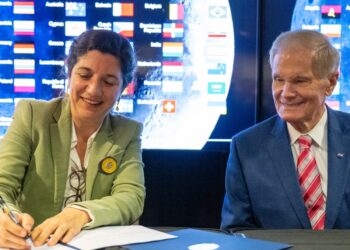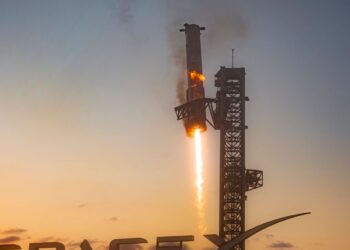WASHINGTON — SpaceX launched more than 50 smallsats on its latest rideshare mission March 4, a service that continues to have strong demand from satellite developers but which also poses space situational awareness challenges.
A Falcon 9 lifted off from Vandenberg Space Force Base in California at 5:05 p.m. Eastern on the Transporter-10 mission. The upper stage started satellite deployments about 54 minutes after liftoff, a process that continued for more than an hour and a half.
The mission carried 53 payloads that, like other Transporter missions, included a mix of new and returning customers. Spire launched four its Lemur cubesats that provide weather and tracking services, while Iceye launched three radar mapping satellites and Satellogic one of its imaging satellites.
Lynk Global, which is in the process of going public through a special purpose acquisition company (SPAC) merger to fund the development of a direct-to-device constellation, launched two satellites on Transporter-10. Unseenlabs, a French startup that raised $92 million last month, launched two more of its maritime tracking satellites. Loft Orbital launched YAM-6, its first “virtual mission-enabled” satellite that enables customers to customize use of the satellite for various imaging applications.
The mission also included the first satellites for some companies. Space Machines, an Australian startup, flew its Optimus spacecraft, which it described as being the largest commercial spacecraft built to date in Australia. The spacecraft is designed to demonstrate on-orbit maneuvering and future servicing technologies. Atomos Space, a Colorado startup also developing orbital transfer vehicles, launched its Quark-lite and Gluon spacecraft on Transporter-10.
True Anomaly, a startup developing spacecraft for satellite inspection and other proximity operations, launched its first two satellites on the mission. Quantum Space, which is developing spacecraft to provide…
Read the full article here

